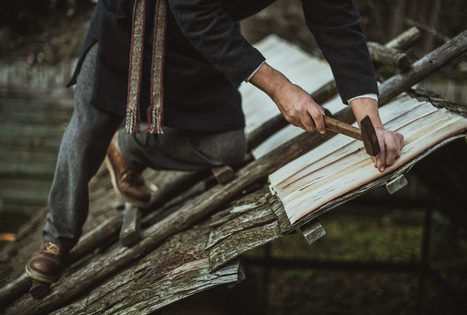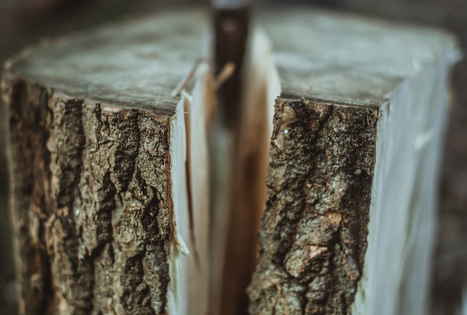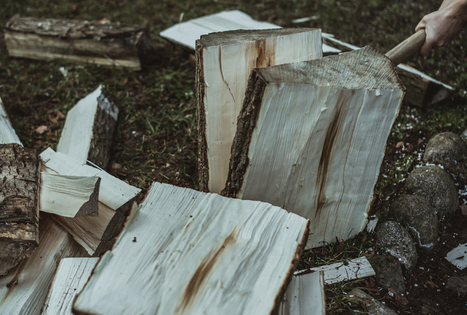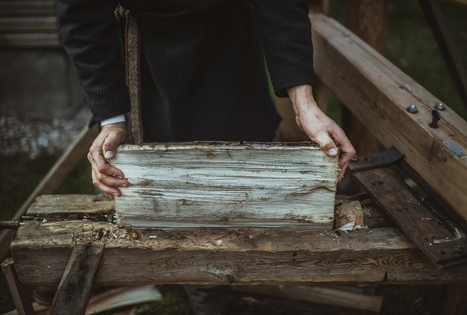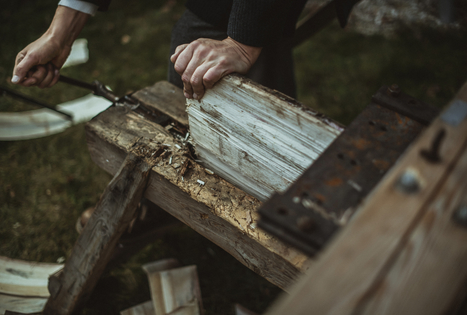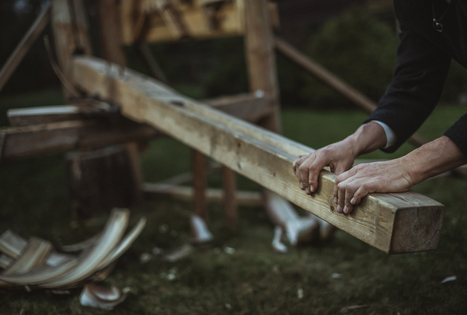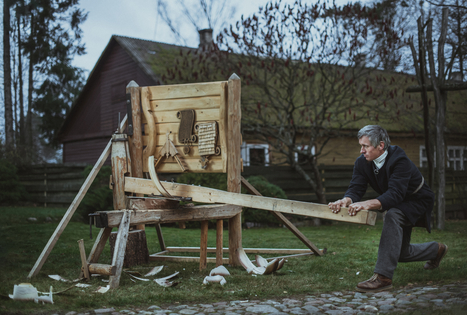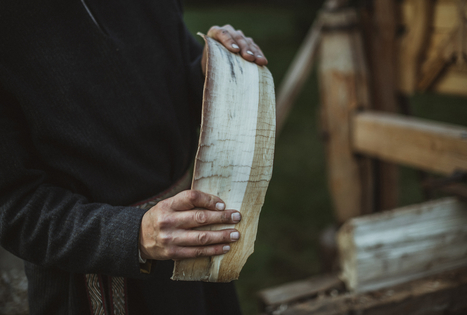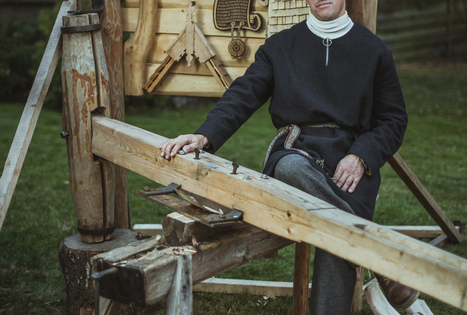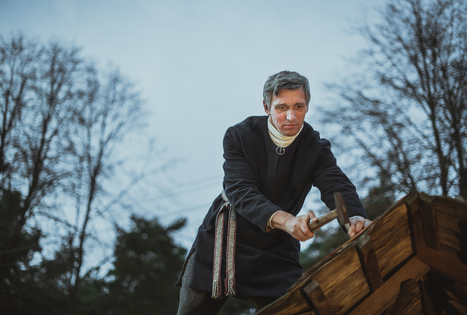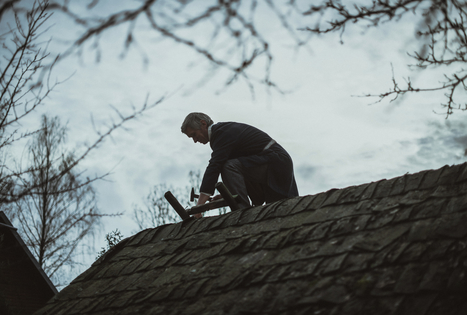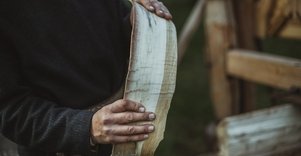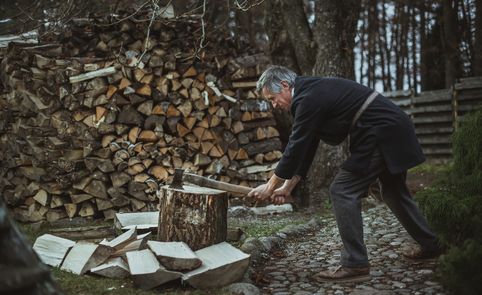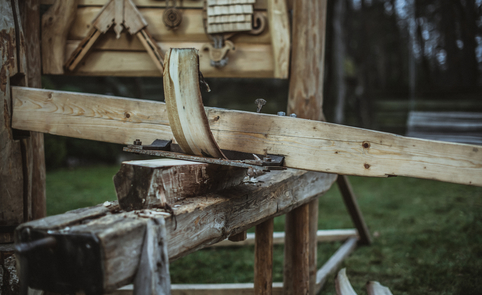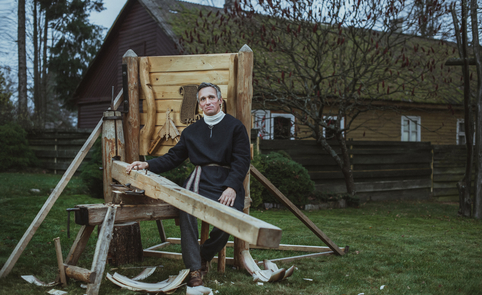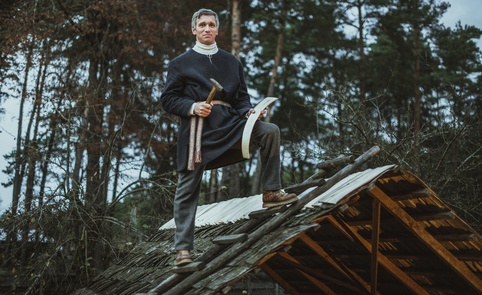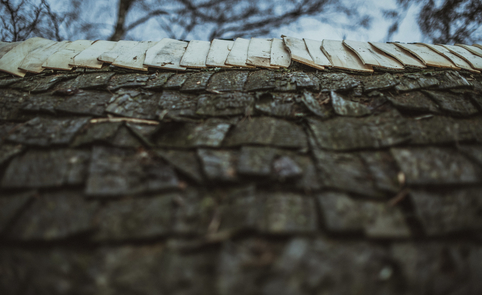When the carpenters hung a wreath on the rafters to mark the end of construction, this was the signal that the roofers could begin their work.
The reed-thatched roof – one of the oldest in the world
Every culture in the farthest corners of the world tried to protect the buildings where they lived and kept food, livestock and other important items by covering them with materials derived from nature. But of course, there were no roofers as a separate profession back then.
Thousands of years ago, roofing traditions began with reeds in the oldest civilizations in East Asia and Africa. It was this dried material that buildings were covered with. Impervious to rain, wind and the heat of the sun – reeds are valued for these qualities, which ensure the well-being and warmth of the people inside. A bit later, clay roofs emerged, sometimes combined with thatched roofs in certain cultures. These roofs are valued for their sturdiness and longevity, and for the freshness that they impart to the premises. Starting in the 3rd–1st centuries BC, roofs were also covered with ceramic tiles. Archaeologists claim that a tile roof can hold up for 100 years or more.
From rye straw to ceramic tiles
Up until the 20th century, roofs in Lithuania were covered with rye straw (as well as reeds at the seaside), and later – with wood shingles. Straight rye was cut for roofs in advance, and the ears were carefully threshed with flails or thrashed. Shingle roofs became widespread after World War I.
With the emergence of masonry, artificial materials specially made for roofs began to be used: processed stone, lead and copper sheets, and later – ceramic tiles. Ceramic tiles are believed to have appeared in Lithuania with the masonry construction of castles, palaces and churches in the 12th–14th centuries. Industrial production of roof tiles began in the early 20th century.
Craftsmen travelled from village to village
Roofs (thatched or shingle) were constructed by roofers, which each village had. They were called “masters” (or “maestros” in Dzukija). The more gifted ones who did better work used to travel from village to village. Roofers in Lithuania were traditionally peasants who did not have much land.
The roof was spread with reeds and straw from the bottom left corner, which was called the pasterblys. The row of straw was pressed down with a plank, which was tied to the purlin with a withy of osier, goat willow or bird cherry; after World War I, wire was usually used instead. The straw was laid with a special trowel. Roofers usually worked sitting on a chair fastened to a rafter. The assistants would bring the roofers bundles of straw and reed with ladders or by lifting them with a special lever. A reed-thatched roof is durable. It is estimated that they last about 50 years.
Shingle roofs replaced thatched roofs because they were also durable and did not catch fire as quickly. The shingles were usually made from quaking aspen, since as this wood dries over time, it becomes stronger and stronger. In Aukstaitija, shingles were also made from alder, while in Dzukija, they used pine or spruce. A roof that was shingled well used to last for about 30 years, and in some cases – up to 50 years.
At the beginning of the last century, shingles were carved by hand using a primitive lever mechanism. Then they were made with a special machine tool that was turned by men or horses, with mechanical shingle machines powered by steam, internal combustion or electric motors only appearing later.
Thatched and shingle roofs are currently enjoying a renaissance. There are 10 certified roofers in Lithuania who cover roofs with reeds, straw and wood shingles.

